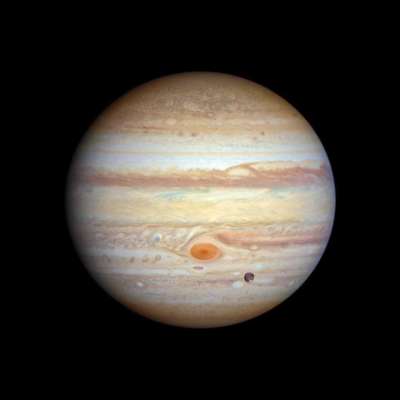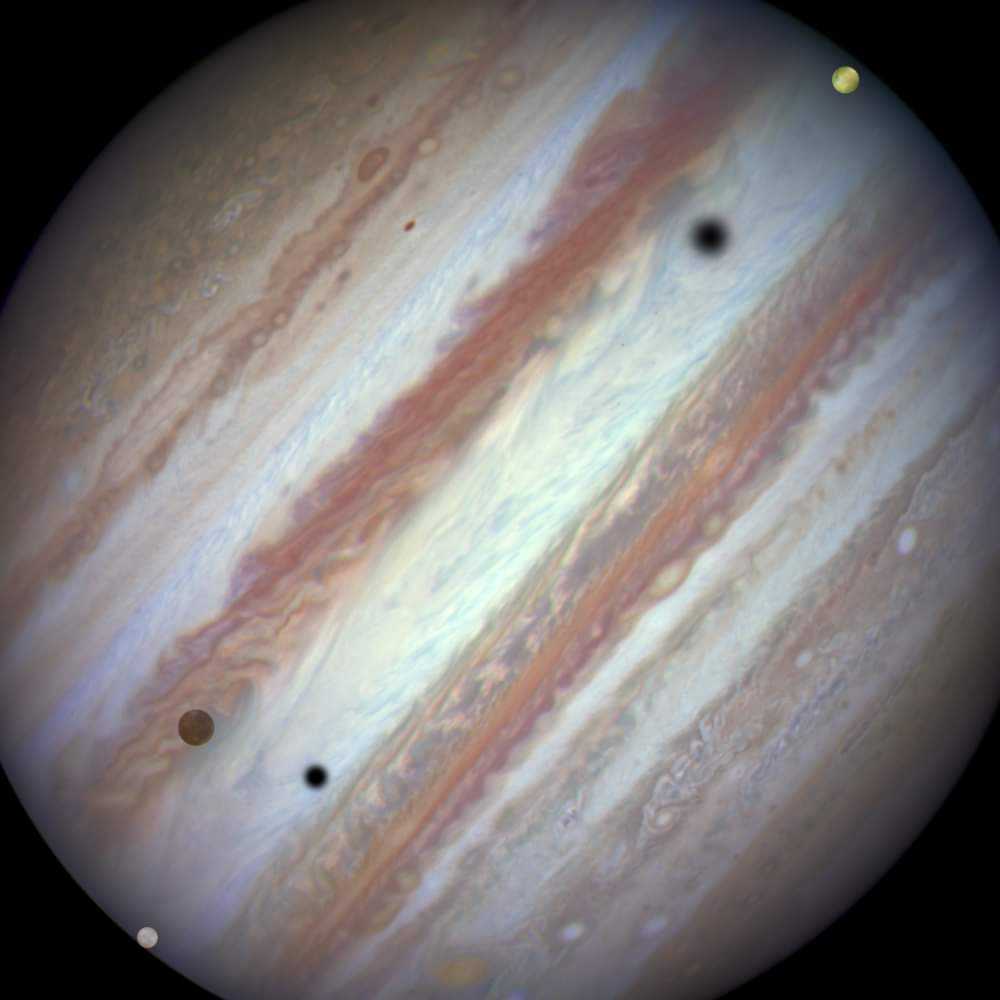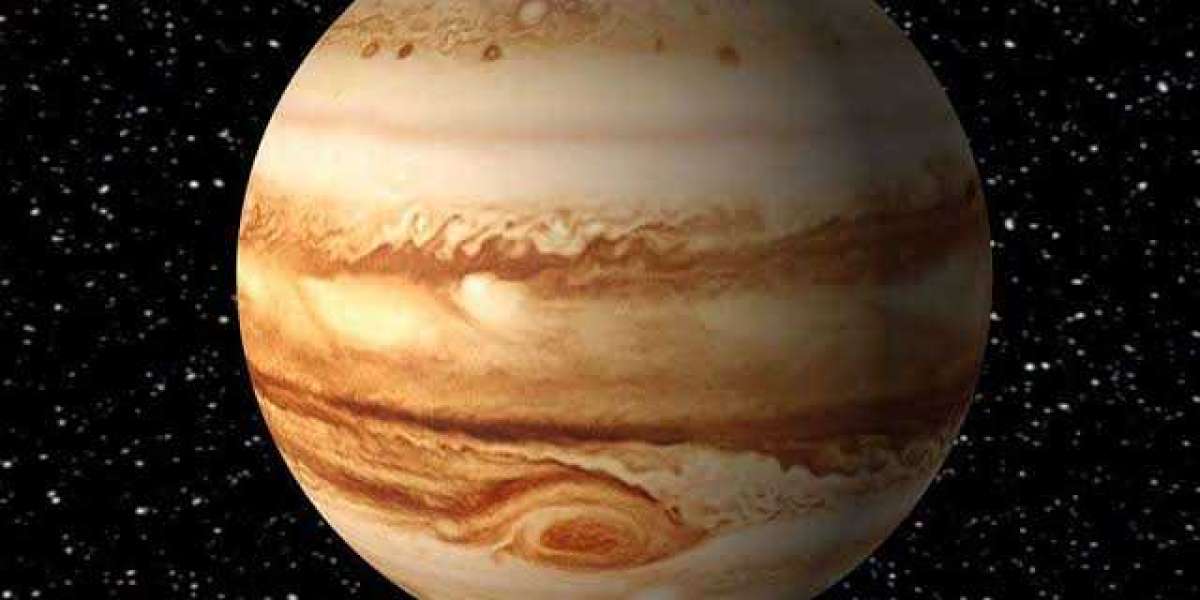Drekkana Chart and Snapshot Predictions using the Jupiter ages of Activation
Discover how to read the Drekkana chart with a unique focus on Jupiter's ages of activation! This insightful video unpacks the connections between planetary placements and their influence during specific Jupiter-activated periods. Gain practical tips for snapshot predictions and deepen your understanding of astrology's hidden layers. Perfect for enthusiasts and practitioners alike!
Watch Now:
#astrology #suniljohn #saptarishisastrology #vedicastrology #nadiastrology #prediction #astrologer #jyotish #learnastrology #astrologyclass #astrologycourse #astrologyvideo #snapshotpredictions #drekkanachart #jupiter
देवगुरु बृहस्पति होने जा रहे अस्त, ये 3 राशियां होंगी मालामाल। Jupiter Transit 2024, Guru Ast
देवगुरु बृहस्पति सभी देवताओं में सबसे मंगलकारी ग्रह हैं।
#gurugochar #guruast #jupitertransit #jupiter #planets #salmankhanhousefiring #salaar #goldybrar #manishsisodia #amethi #thunderstorms #coronavaccine #biden
#ucla #maga #hamas
We’ve got an outer planet weather report!
Hubble regularly checks in on the outer planets in our solar system to monitor changes in seasons and atmospheres.
In these recent images of Jupiter, a “vortex street” of storms rage in the lower northern latitudes, seen as a wave pattern in the first image.
Meanwhile, Jupiter’s famous Great Red Spot continues to storm in the second image, but it’s actually shrunken down to the smallest size it’s ever been over observations records from the past 150 years. But for context, the storm is still big enough to swallow our entire Earth!
Over at Uranus, these two images taken in 2014 and 2022 show the planet’s unusual orbit, which takes 84 years as it rolls on its side around the Sun. The latter image displays Uranus’s hazy north pole, with several little storms along its boundary.
Jupiter images credit: NASA, ESA, STScI, Amy Simon (NASA-GSFC), and Michael H. Wong (UC Berkeley); Image Processing: Joseph DePasquale (STScI)
Uranus images credit: NASA, ESA, STScI, Amy Simon (NASA-GSFC), and Michael H. Wong (UC Berkeley); Image Processing: Joseph DePasquale (STScI)
#nasa #hubble #jupiter #uranus #planet #space #news #weather #universe #astronomy




Happy #groundhogday!
Punxsutawney Phil saw his shadow this morning... and from up in space, Hubble can see shadows too!
This image shows three of Jupiter’s dozens of moons – and two of their shadows – moving across the planet in 2015. The three moons are called Callisto, Europa, and Io and each is special in its own way.
Europa (farthest to the left) is one of the most promising places in our solar system to find present-day environments suitable for some form of life beyond Earth. The second moon from the left is called Callisto and is the gas giant’s second largest moon. Europa's shadow is toward the left side of the image and Callisto's shadow to the right.
Last but not least, in the upper right is Io, the most volcanically active world in the solar system.
#nasa #hubble #groundhog #jupiter #winter #spring #moon #planet #space #universe

 News Feed
News Feed  Albums
Albums  Popular Posts
Popular Posts  Memories
Memories  Pokes
Pokes  Blog
Blog  Market
Market  Directory
Directory  Events
Events  Games
Games  Jobs
Jobs  Offers
Offers  Find friends
Find friends  Common Things
Common Things  Fundings
Fundings 